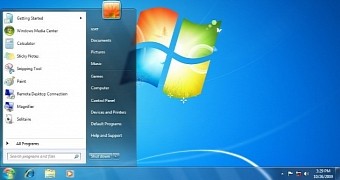Windows 7 and 8.1 users can upgrade to Windows 10 without paying a single cent, and the process will be performed automatically once the new operating system becomes available, but naturally, since you’re jumping from one Windows version to another, compatibility issues are something that everyone is afraid of.
Microsoft says that, yes, compatibility issues are possible, but it’s working to tackle all of them, and it’s very important to know what exactly is wrong and could block your computer from getting Windows 10 in order to manually fix it, if possible, before it’s too late.
The Get Windows 10 app that’s now supposed to be running on the majority of Windows 7 and 8.1 computers should help determine any compatibility issues that might exist, and Microsoft groups them into three different categories: app incompatibilities, device incompatibilities, and PC settings. So let’s see how the Windows 10 upgrade will handle each of them.
App compatibility issues
Needless to say, this is very likely to be the most common issue that Windows 7 users are expected to come across when moving to Windows 10.
Some of the apps that are currently running on their computers might not be compatible with Windows 10, so they will either fail to launch on the new OS or launch but not work properly. Microsoft says that, if it detects such issues, it might prompt users to remove them during the upgrade process “because the app interferences with the setup process and prevents it from finishing correctly.”
That’s expected to happen rarely, though, as most software developers would get their apps fully compatible with Windows 10 before the new OS launches.
Device compatibility issues
This is the more expensive and painful problem that users might experience because, in case a piece of hardware isn’t compatible with Windows 10, it needs to either be replaced or disabled until new drivers are being offered by the manufacturer.
“This could result in a degraded experience (such as no display support for high resolutions) or a complete failure of the device to function,” Microsoft explains. “Some devices or PC components may be essential to Windows 10 working correctly, and if such a device is incompatible, you will not be able to upgrade to Windows 10.”
PC settings compatibility issues
And last but not least, some of the settings that you’ve made on your Windows 7 computer could also prevent Windows 10 from installing correctly. If this happens, Microsoft says that it might require a clean install of Windows 10, so in other words, you’re going to lose all your settings, but personal files will be migrated.

 14 DAY TRIAL //
14 DAY TRIAL //